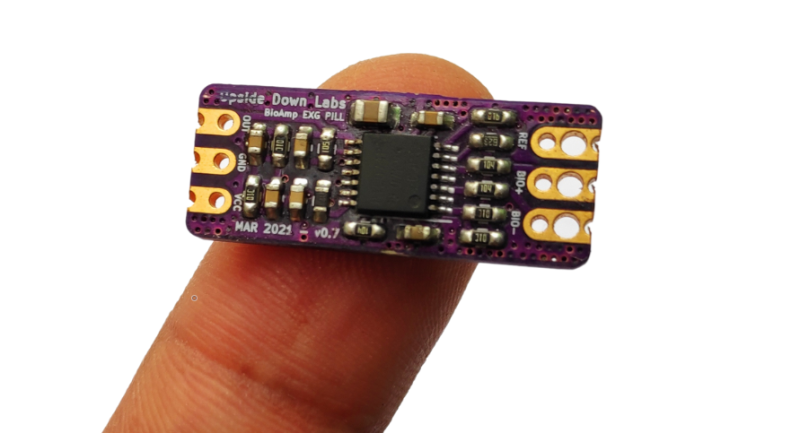Medical lab-on-a-chip runs 32 pathology tests at once
Researchers have used off-the-shelf components to create a sensor device that is not only cost-effective but can quickly detect 32 different pathogens and has sensitivities on par with the state-of-the-art biosensors used in pathology labs. The novel d… Continue reading Medical lab-on-a-chip runs 32 pathology tests at once
